Open Source for Beginners
Open Source
Why Open Source
Open source development thrives on a vibrant community of contributors, speeding up the evolution of ideas, projects, and workflows. By fostering collaboration and shared ownership, communities become the driving force behind innovation and rapid problem-solving.
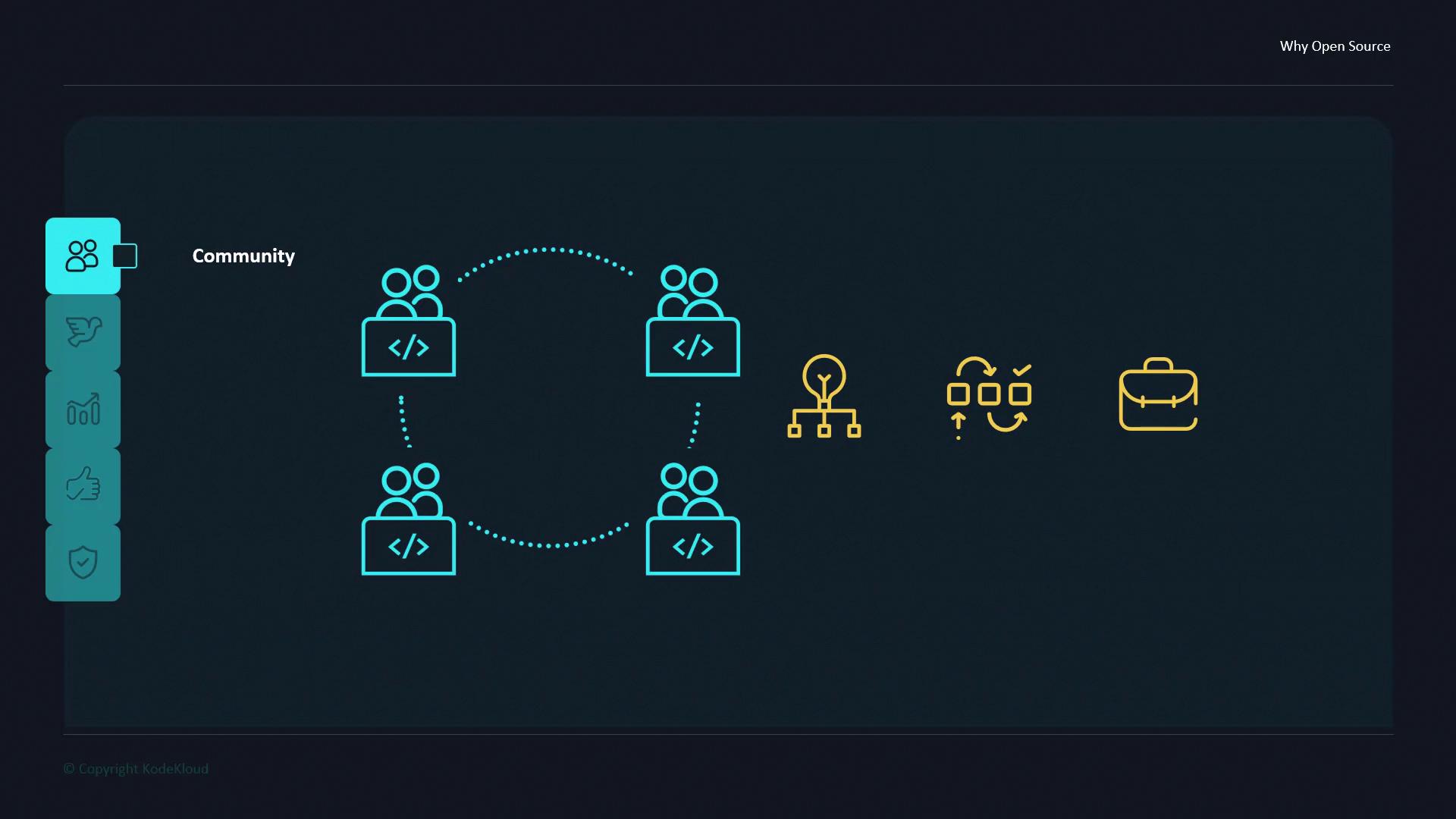
Flexibility and Freedom
At its heart, open source provides unparalleled flexibility. You can freely access, modify, and redistribute code—eliminating vendor lock-in and giving you control over costs, terms, and custom features. This freedom empowers organizations to tailor solutions to their exact needs.
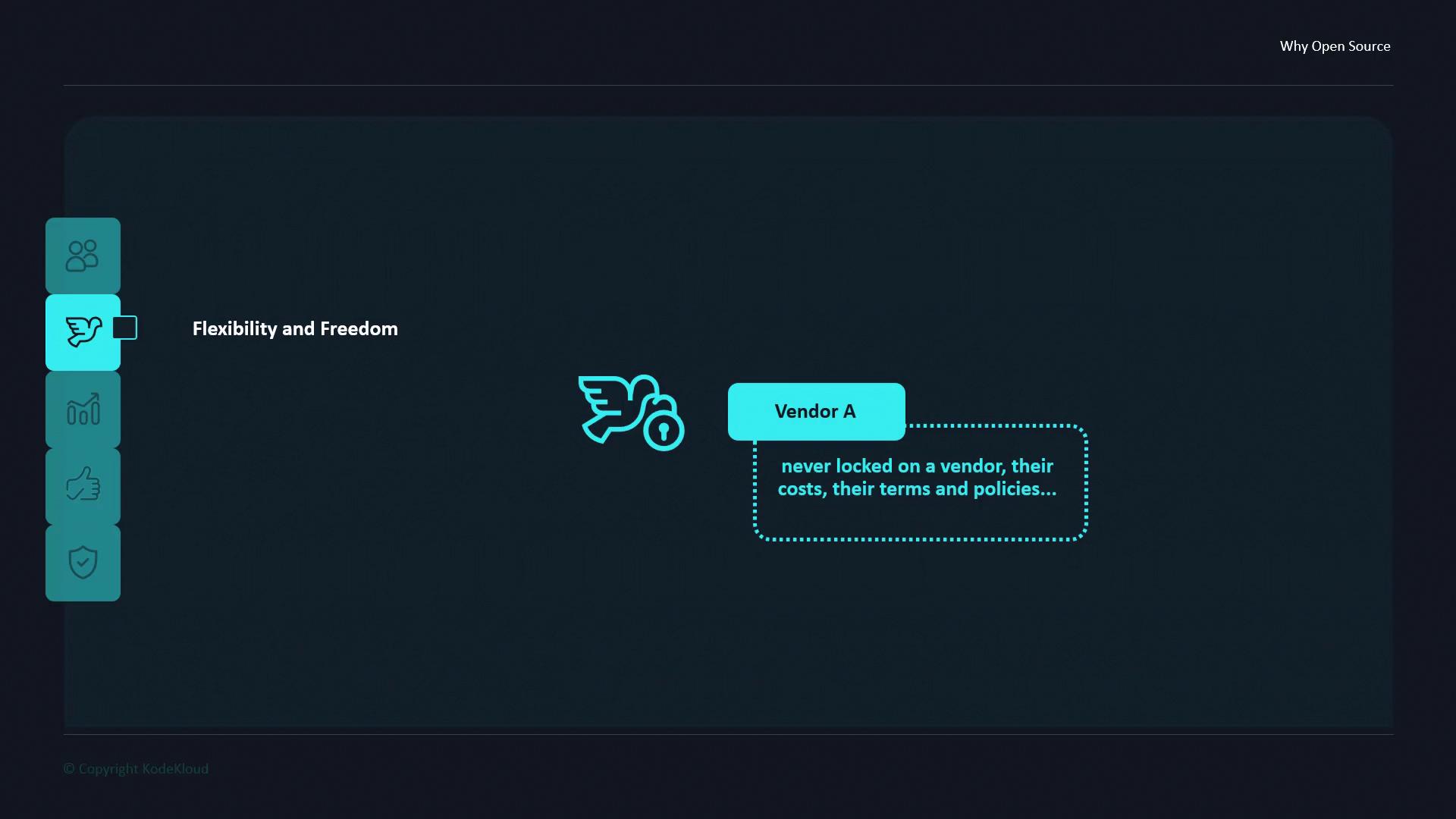
Continuous Evolution
When development takes place in public repositories, users and contributors can offer feedback, report bugs, and propose improvements. This iterative loop fuels faster feature releases and higher-quality software.
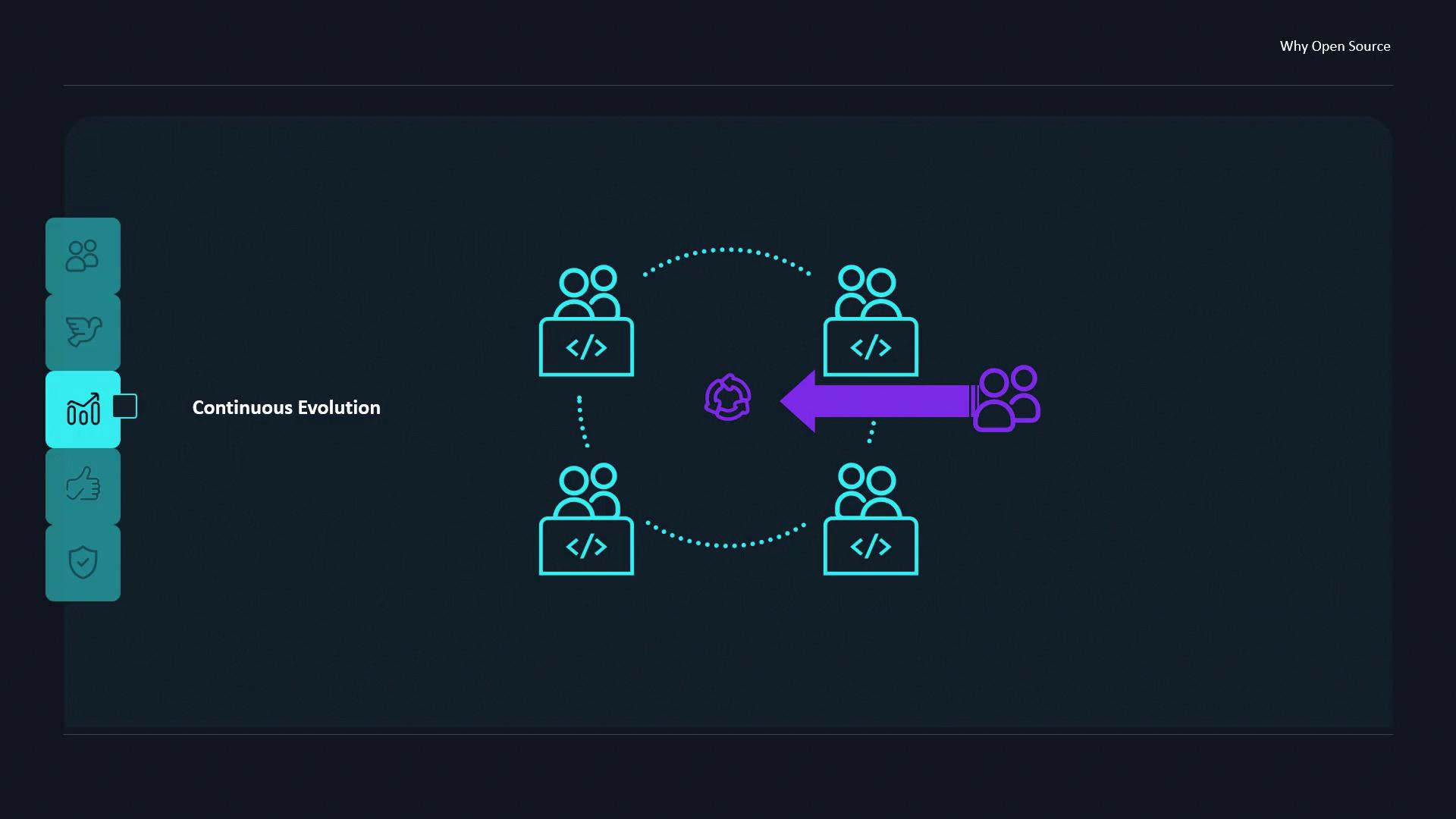
Reliability
Reliability means consistent performance under expected conditions. Open source projects often patch vulnerabilities and release updates more quickly than proprietary software, resulting in stable and dependable systems.
![]()
Note
Although open source exposes code for community review—which accelerates vulnerability discovery—security still relies on best practices and proactive maintenance.
Summary of Open Source Benefits
| Benefit | Description |
|---|---|
| Flexibility & Freedom | Full code access, modification, and redistribution to avoid vendor lock-in. |
| Continuous Evolution | Public feedback loops drive rapid iteration and feature enhancements. |
| Reliability | Quick patches and frequent updates ensure software performs reliably over time. |
| Security | Transparent code review uncovers and fixes vulnerabilities early in the development lifecycle. |
Meet Peter, a backend web developer specializing in web APIs. He wants to build a service that fetches news articles from across the internet based on a search term.
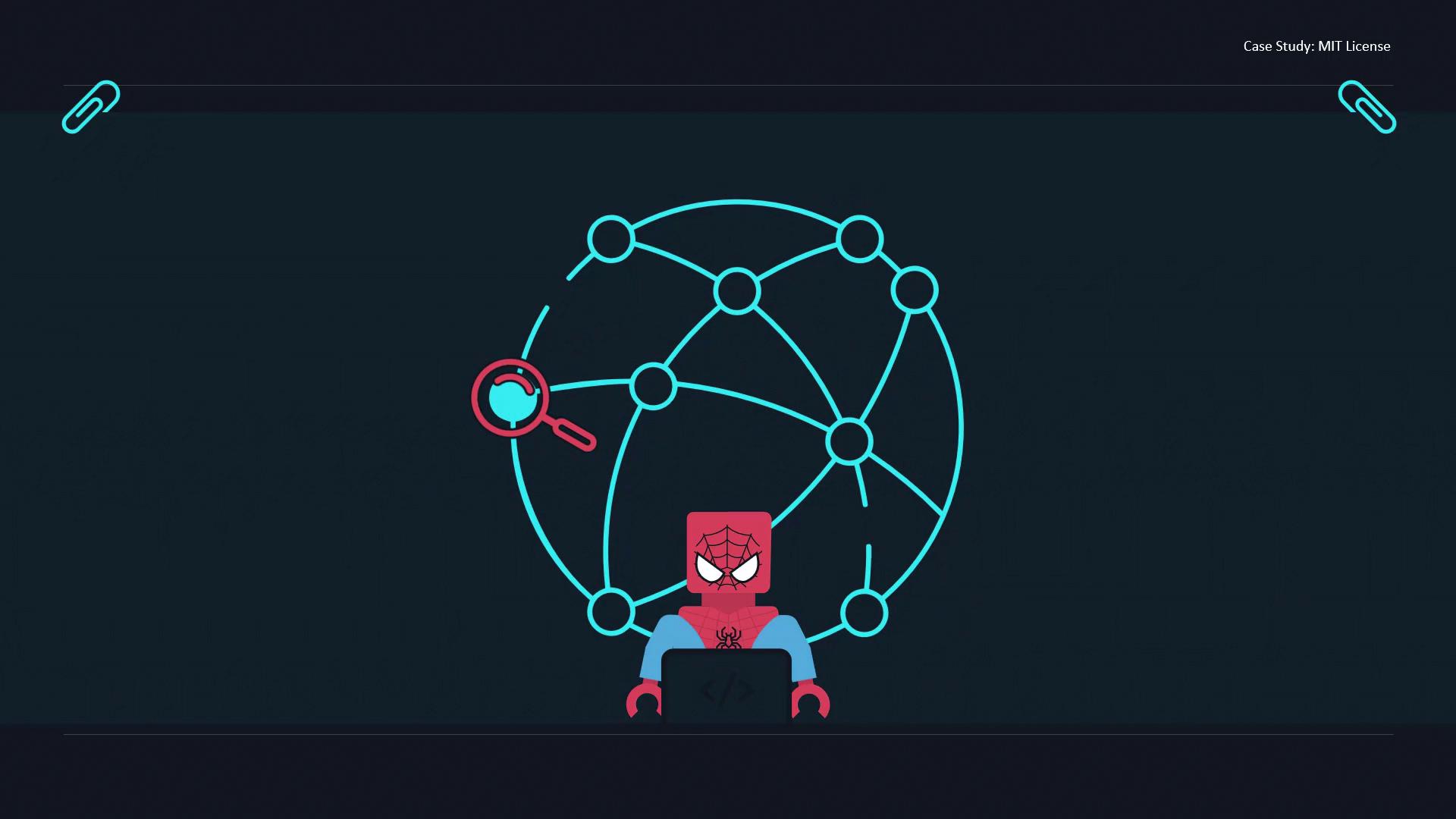
Peter names his project Daily Bugle. He heads to GitHub.com and creates a new repository called Daily-Bugle. After committing his API code, he adds an open source license to make the project publicly accessible.
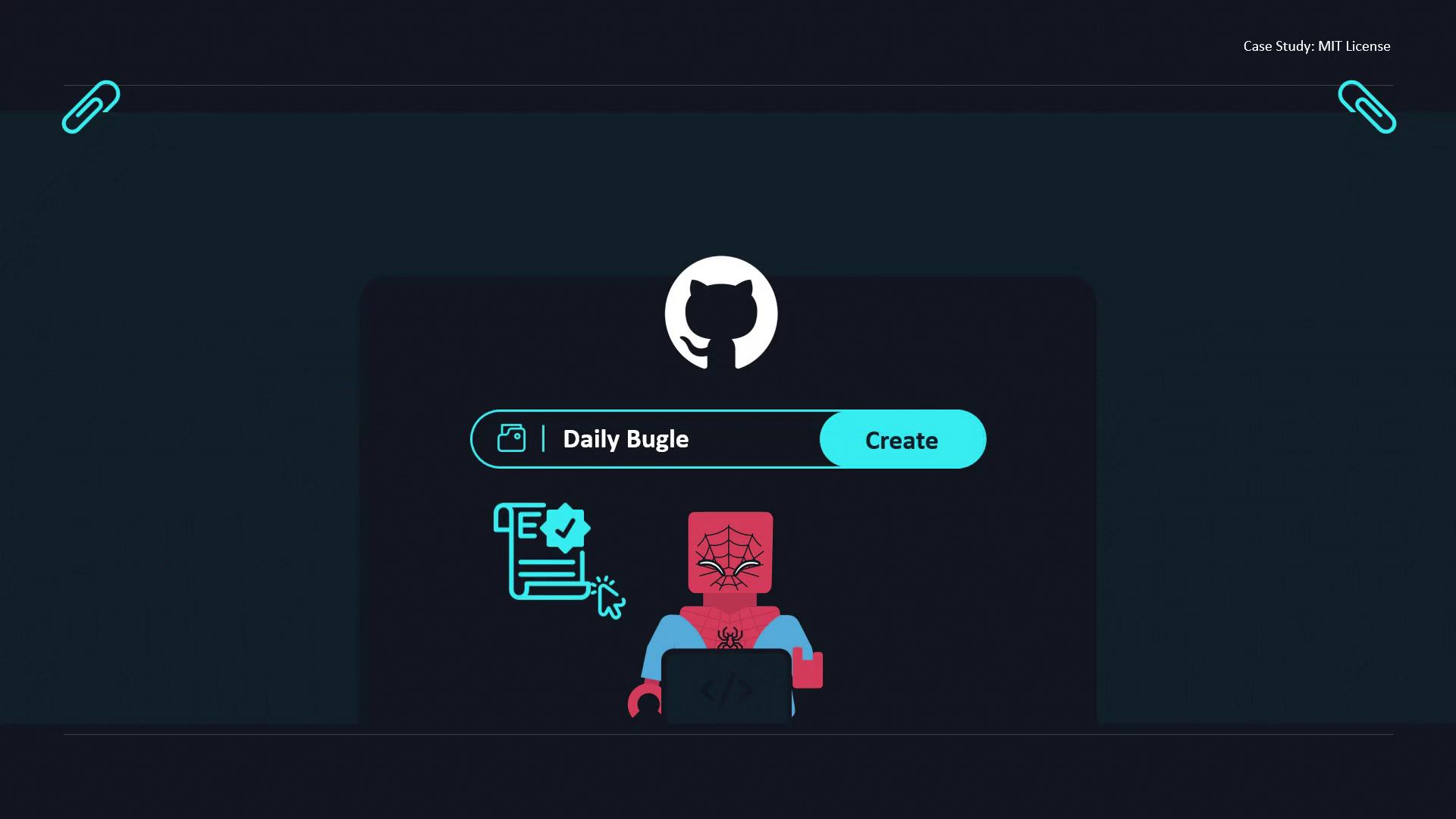
Although Peter is comfortable with backend development, he needs a user interface. One day, an engineer from MIT named Tony discovers the Daily Bugle repo on GitHub. Excited by the project and its open source license, Tony decides to help with the front end.
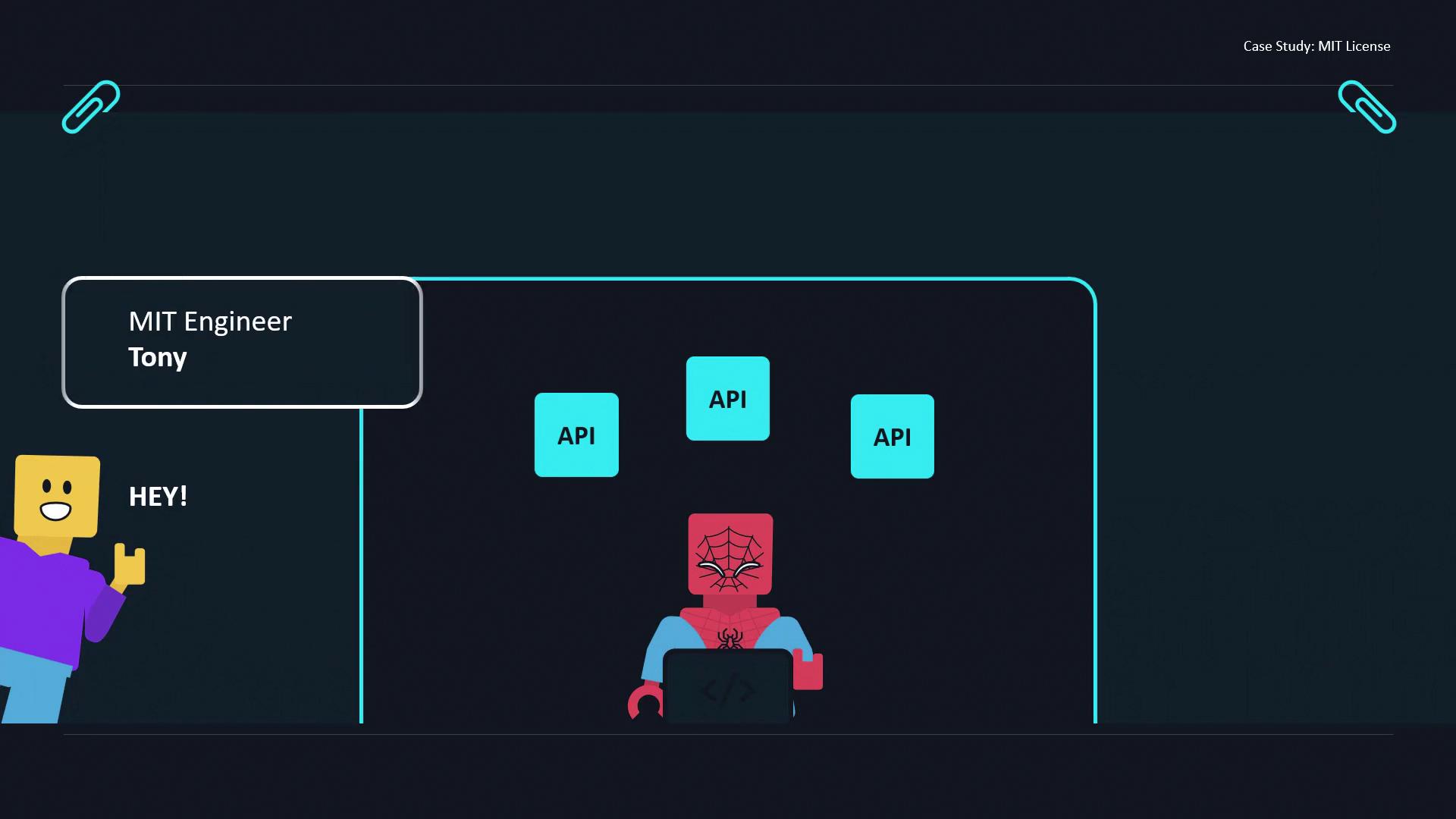
Tony submits a pull request with a simple web UI that consumes Peter’s API. Peter reviews the changes, merges them, and now the project boasts a clean interface. They establish a peer-review process for all future contributions—ensuring code quality and fostering an active community. Over time, Peter remains the project owner, Tony becomes a core maintainer, and other contributors add features, improve performance, and enhance documentation.
References
Watch Video
Watch video content